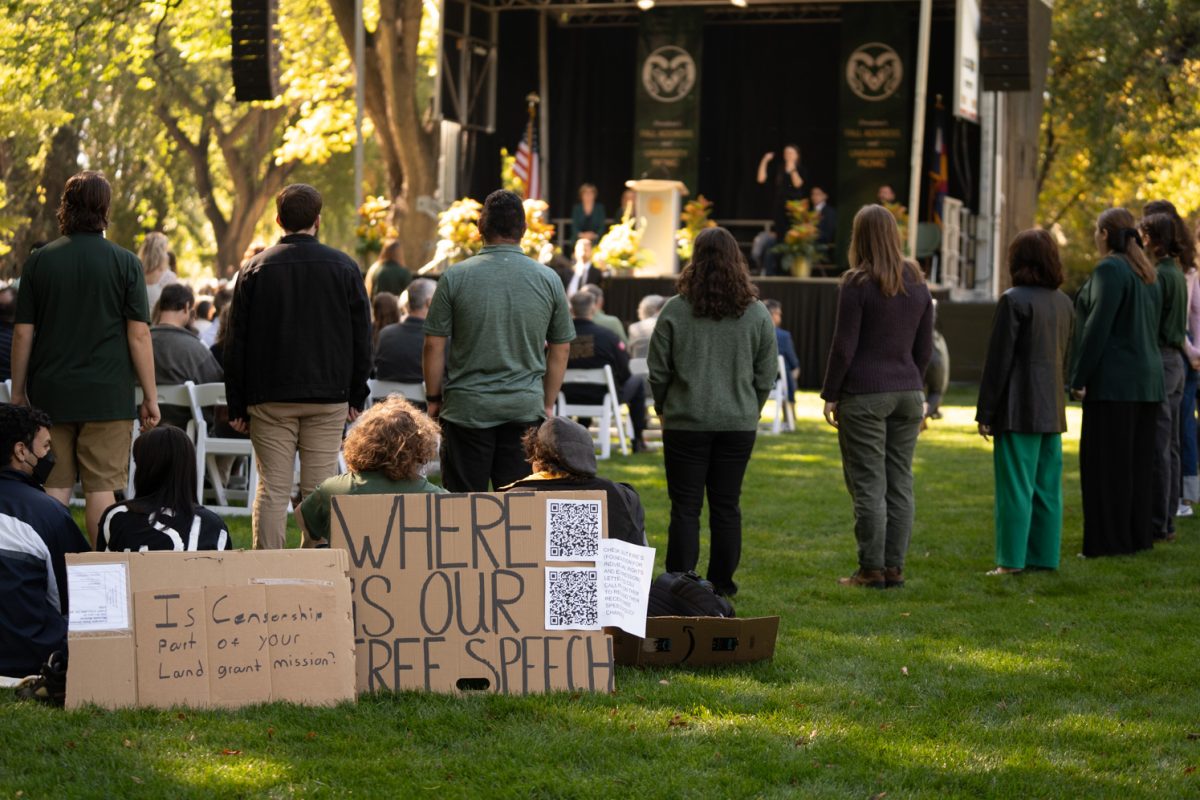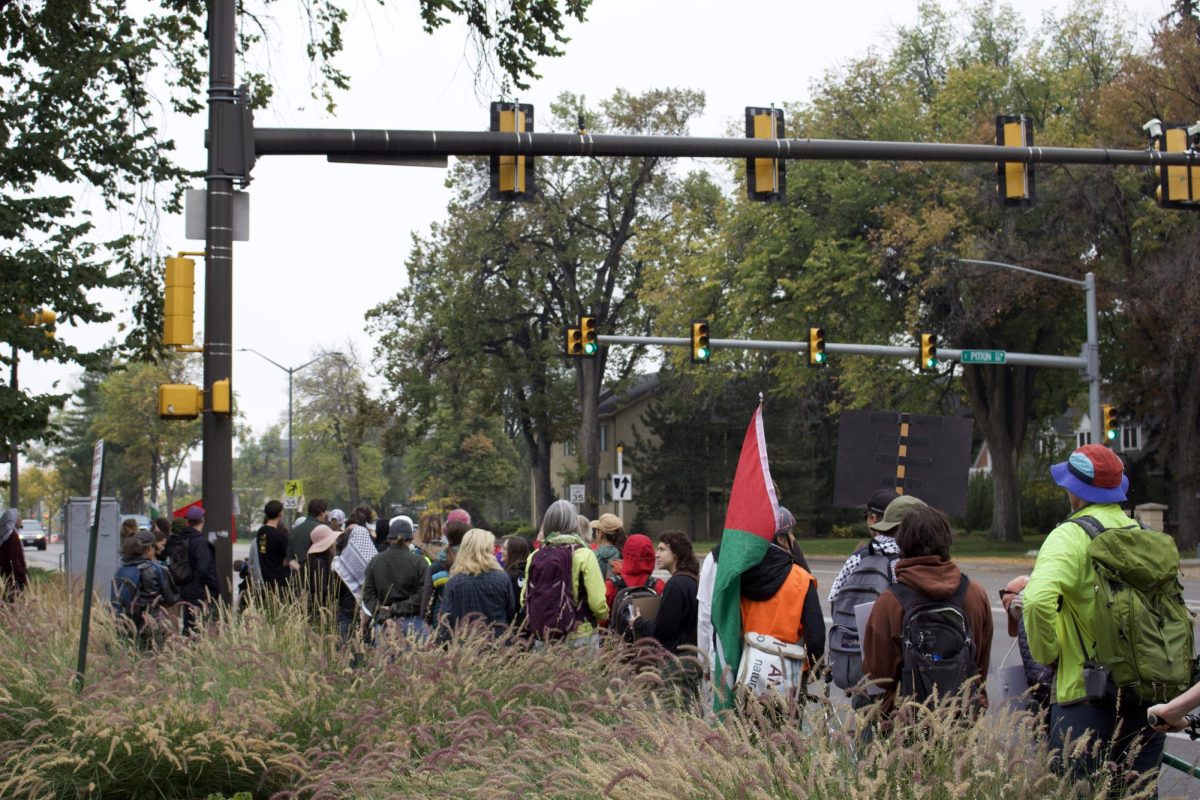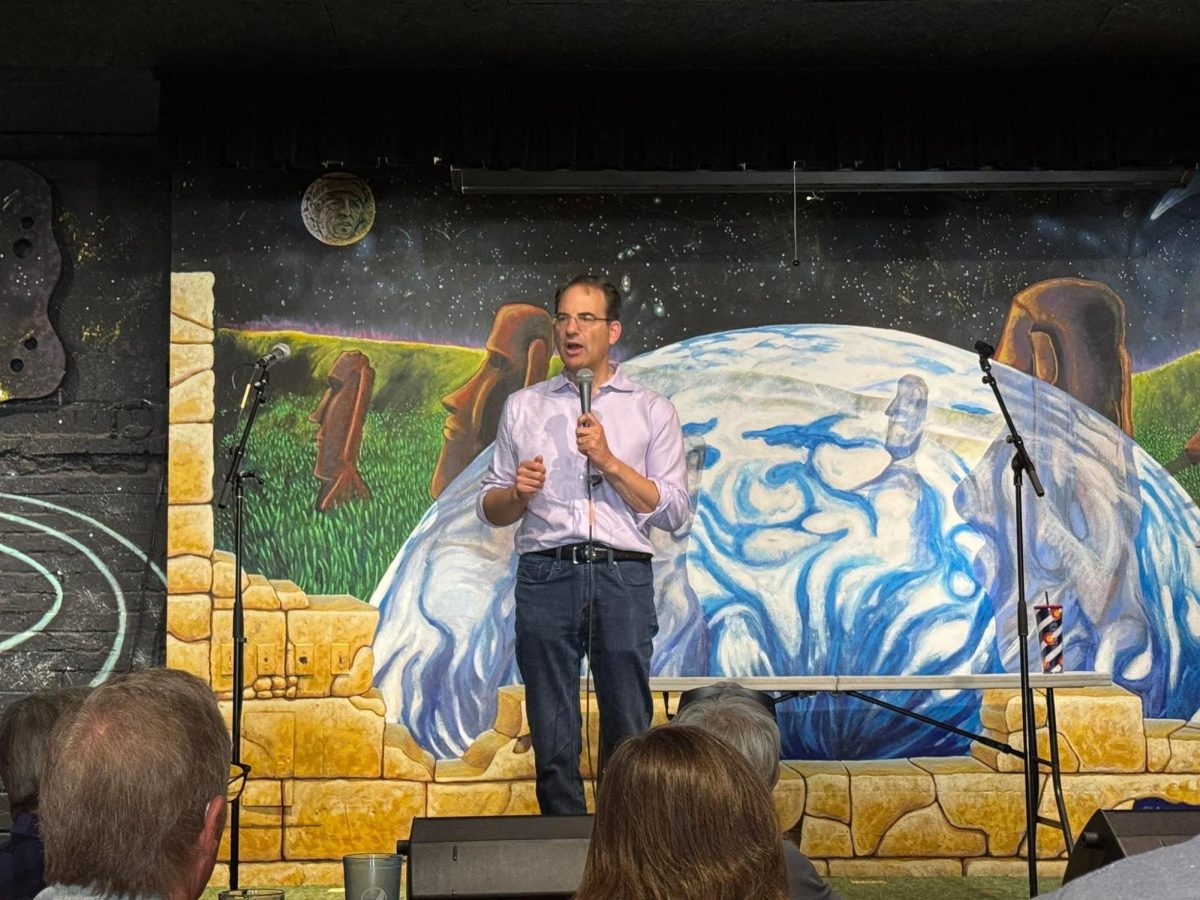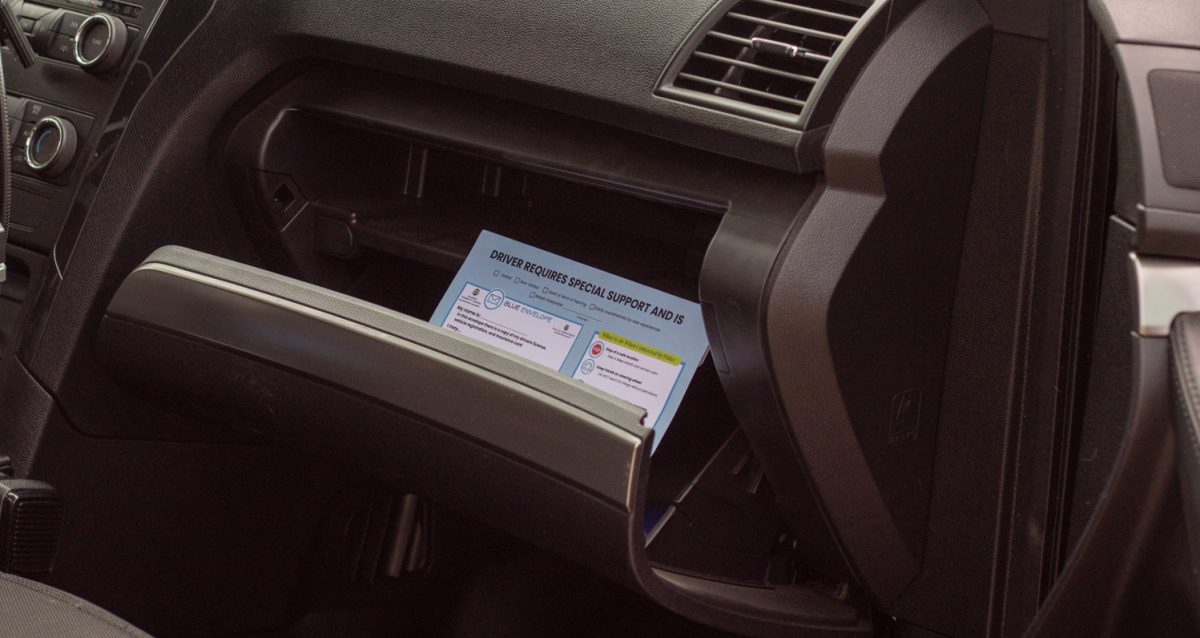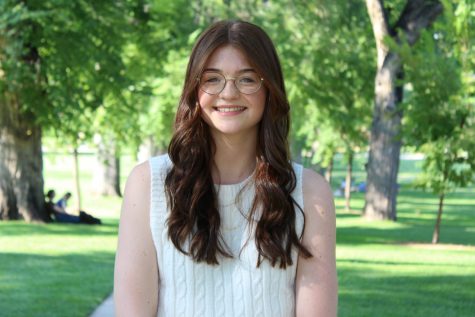
The Associated Students of Colorado State University and the Pride Resource Center have teamed up on a bill that created direction to an interactive map of gender-inclusive restrooms on campus.
Bill #5012 allots $3,700 in ASCSU funds toward the creation and placement of 40 permanent signs around campus, each with a QR code that links the user to an interactive map of existing all-gender bathrooms on campus. The bill also dictates the signs “be placed at (Americans with Disabilities Act) compliant heights with appropriate Braille inclusion.”
According to Maggie Hendrickson, the assistant director for the Pride Resource Center, the bill was the result of student feedback to the PRC regarding a lack of all-gender bathrooms in certain buildings on campus.
“There are some areas of campus that have no all-gender restrooms, and that has made it really difficult for some of our transgender and nonbinary students in particular to take classes in certain buildings,” Hendrickson said. “(The) Clark (Building) in particular I think was a tipping point. There is no all-gender restroom in Clark, and it’s … one of the buildings on campus where a lot of folks have classes.”
After an initial effort to add an all-gender restroom to Clark hit obstacles with building codes and funding, the PRC and ASCSU turned to raising awareness about all-gender restroom “deserts” on campus, or areas where no such restrooms exist, according to Hendrickson.
“We were trying to come up with a way that was going to be information-based but also a way that we could use the wayfinding signage that we were putting up to help show that need to the University,” Transgender Student Support Representative Charlie Williamson said.
According to Hendrickson and Williamson, the signs are intended to go up in buildings on campus that do not currently contain any all-gender restrooms. When a student scans the QR code provided on each sign, they are shown an interactive map of the existing all-gender restrooms on campus.
Further, the PRC plans to use the data on the usage rate of each sign in order to provide evidence of a need for more all-gender bathrooms to the University.
“Each QR code on each of the signs is trackable,” Hendrickson said. “That way, every time someone scans it to look at that map, we know how many people are looking for them. We really want people to scan the codes just so that … we can tell CSU that people are looking for those bathrooms; that way it helps motivate them to start putting in new bathrooms in some of these buildings.”
According to Williamson, a lack of inclusive restrooms on campus can send a message to some students that their basic needs are not seen or important to the University.
“There’s definitely an emotional aspect of it feeling like you’re not represented and you’re not being heard,” Williamson said. “Nobody wants to do that; nobody wants to not be able to use the restroom. Both in that sense are just difficult as a student.”
All-gender restrooms can also be helpful for other groups of people. According to Hendrickson, the all-gender bathroom located in the Lory Student Center features a shower and a baby-changing station and is located near prayer rooms.
“There’s lots of people who could benefit from more privacy and gender inclusion in their bathrooms,” Hendrickson said. “While it does definitely impact trans and nonbinary people, this is a great example of how one issue affects a lot of people.”
“When it comes to the pilot program, it’s very much (about) gathering that data, and this is that first step,” Williamson said. “The support that we get for this project can be monumental.”
“(When) we have that data for the University, that will hopefully be a stepping-off point to a lot more growth and a lot more opportunities for this program specifically and for the other resources that (the PRC) has to offer,” Williamson said.
An interactive map of existing all-gender bathrooms on campus can be accessed on the Pride Resource Center webpage.
Natalie Weiland can be reached at news@collegian.com or on Twitter @natgweiland.





